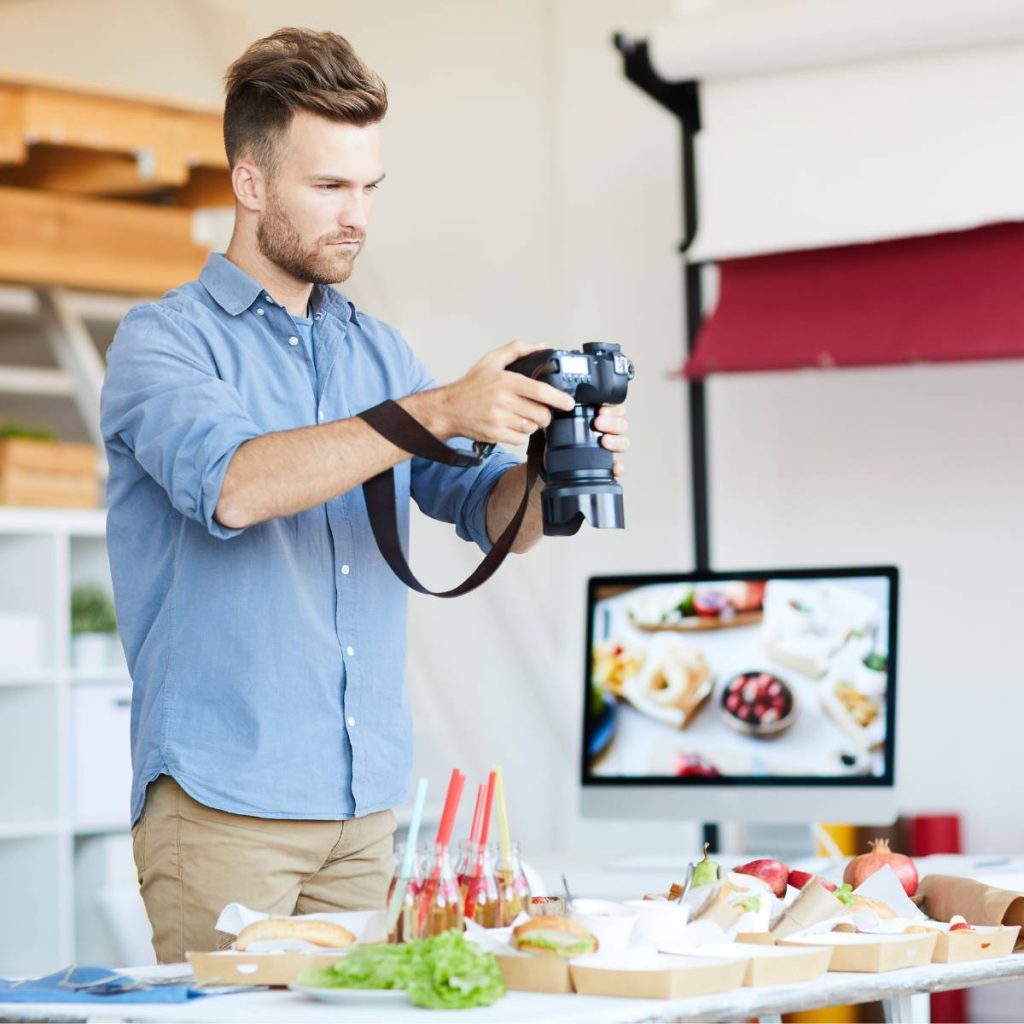
Food photography is a popular and rewarding genre that requires a combination of creativity, skill, and the right equipment. If you own a Sony mirrorless camera and want to capture mouthwatering images of food, you need a good lens that can showcase the colors, textures, and details of your dishes.
But which lens should you choose for your food photography? There are many factors to consider, such as the focal length, the aperture, the sharpness, the autofocus, and the price.
We’ve done the research to bring you the top three lenses for food photography on Sony mirrorless cameras. They’ll help you make informed decisions and capture incredible food photos like a professional food photographer. Here are our top picks:
This is our top pick for the best lens for food photography on Sony mirrorless cameras. It is compatible with both full-frame and APS-C models and offers a true 1:1 magnification ratio. This means that you can capture stunning close-ups of food items and reveal their intricate details.
Some of the pros of this lens are:
– It has excellent image quality, with sharp details, accurate colors, and minimal distortion and aberration.
– It has a fast f/2.8 maximum aperture that allows you to shoot in low-light conditions and create a beautiful background blur.
– It has an optical image stabilization system that helps you avoid camera shake when shooting handheld.
– It has a smooth and quiet autofocus system that works well for both stills and video.
– It has a focus limiter switch that lets you choose between three focus ranges for faster and more precise focusing.
– It has a focus hold button that lets you lock the focus at any distance.
– It has a dust- and moisture-resistant design that makes it durable and reliable.
Some of the cons of this lens are:
– It is relatively large and heavy compared to other lenses.
– It is expensive compared to other lenses.
This is another great option for a lens for food photography on Sony mirrorless cameras. It is also compatible with both full-frame and APS-C models and offers a true 1:1 magnification ratio. It has a bright f/2.8 maximum aperture that enables low-light shooting and shallow depth-of-field effects.
Some of the pros of this lens are:
– It has superb image quality, with high resolution, contrast, and color fidelity.
– It has a fast and accurate autofocus system that supports Sony’s Eye AF and Direct Manual Focus features.
– It has a focus-by-wire system that allows smooth manual focusing with linear response.
– It has a brass bayonet mount that ensures durability and stability.
Some of the cons of this lens are:
– It does not have image stabilization, which can be an issue for handheld shooting at high magnifications.
– It does not have a focus limiter switch or a focus hold button.
This is our budget pick for a lens for food photography on Sony mirrorless cameras. It is only compatible with APS-C models and offers a true 1:1 magnification ratio. It has an impressive f/3.5 maximum aperture that makes it one of the fastest macro lenses available.
Some of the pros of this lens are:
– It has very good image quality, with sharp details, vivid colors, and low distortion and chromatic aberration.
– It has a smooth manual focus ring that allows precise control over the focus distance.
– It has a lightweight and compact design that makes it easy to carry around.



Konnichiwa! (Hello!) I'm Pat Tokuyama, a Japanese tofu cookbook author, who travels for music, food, and adventure. If you like Japanese tea, checkout some of the newestorganic japanese tea, matcha bowls and noren and more!
** Curious about the Plant Based Japanese Cooking Club? ** Learn more here!
Some of the cons of this lens are:
– It does not have image stabilization, which can be an issue for handheld shooting at high magnifications.
– It does not have an autofocus system, which means you have to rely on manual focusing only.
– It does not have any weather sealing or dust protection.
Conclusion
These are the 3 best lenses for food photography on Sony mirrorless cameras that we recommend. They all have their strengths and weaknesses, but they all deliver excellent performance for food photography. Depending on your budget, preferences, and needs, you can choose the one that suits you best. Bon appétit!
Further Reading:
- Sigma 16mm f/1.4 DC DN Lens: Captivating Perspectives on Sony E
- The Importance of Sensor Size and Full Frame’s Impact on Macro Photography
- Embrace the Extraordinary with the Sony E 11mm f/1.8 Lens
- Capturing the World in Stunning Detail with the Tamron 28-75mm 2.8 VXD G2 Lens
- Full Frame Unleashed: Elevating Food Photography with Sensor Size


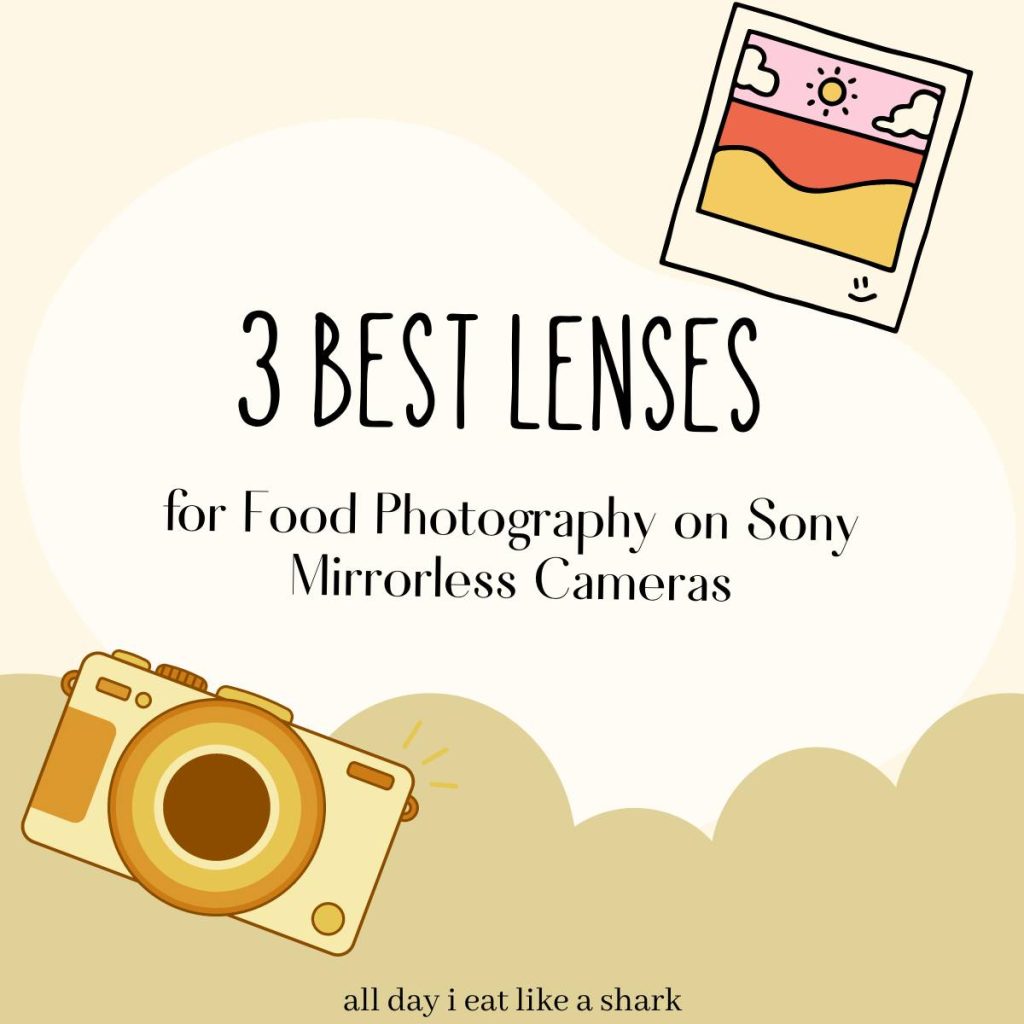

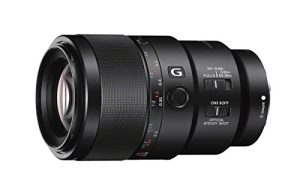
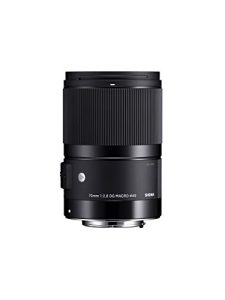
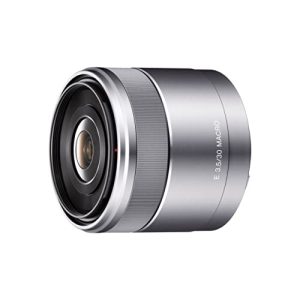
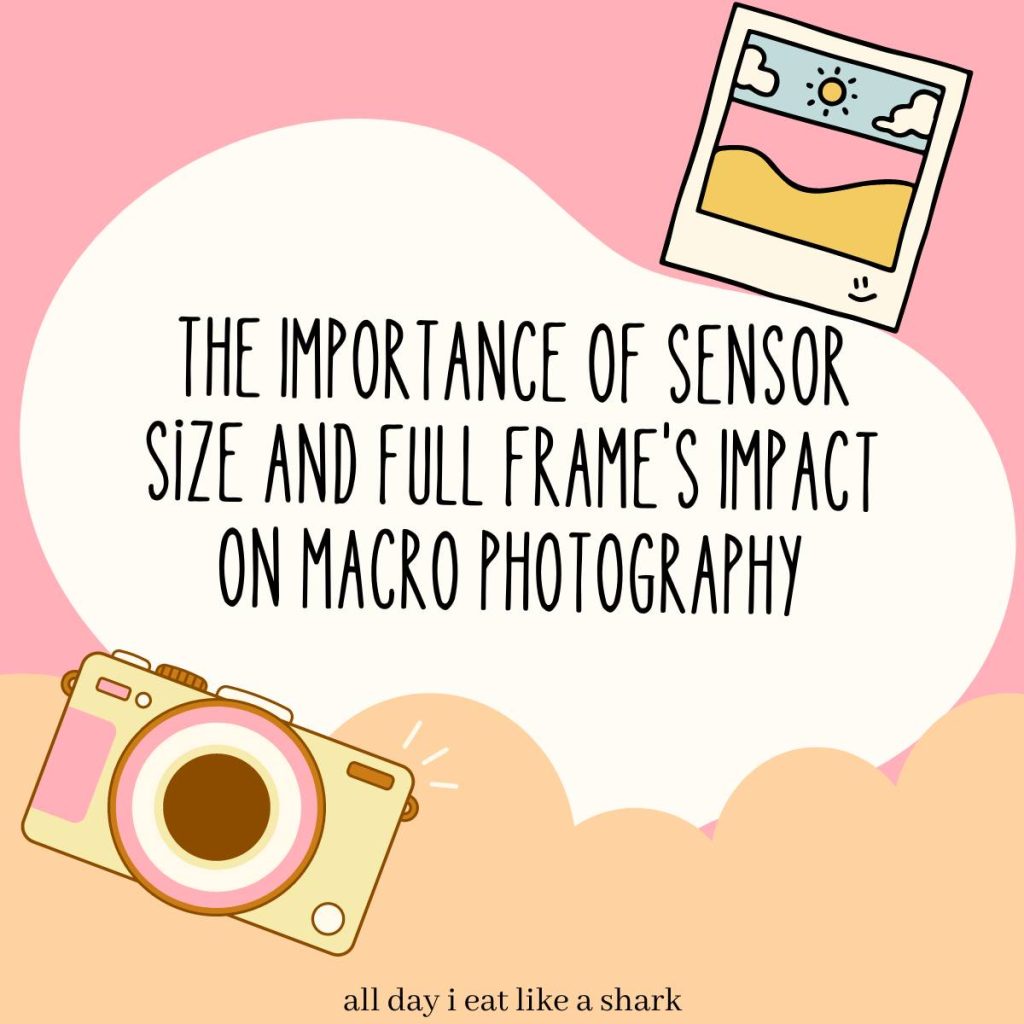
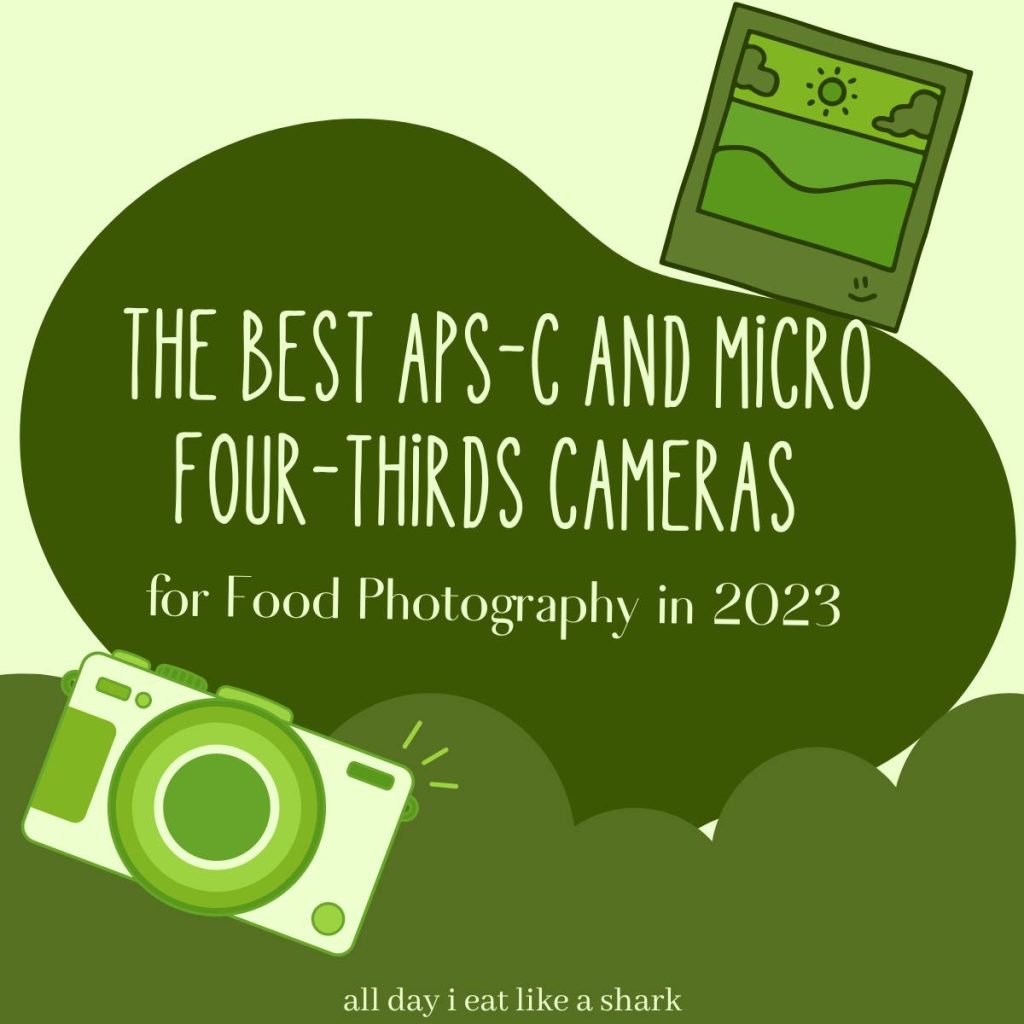
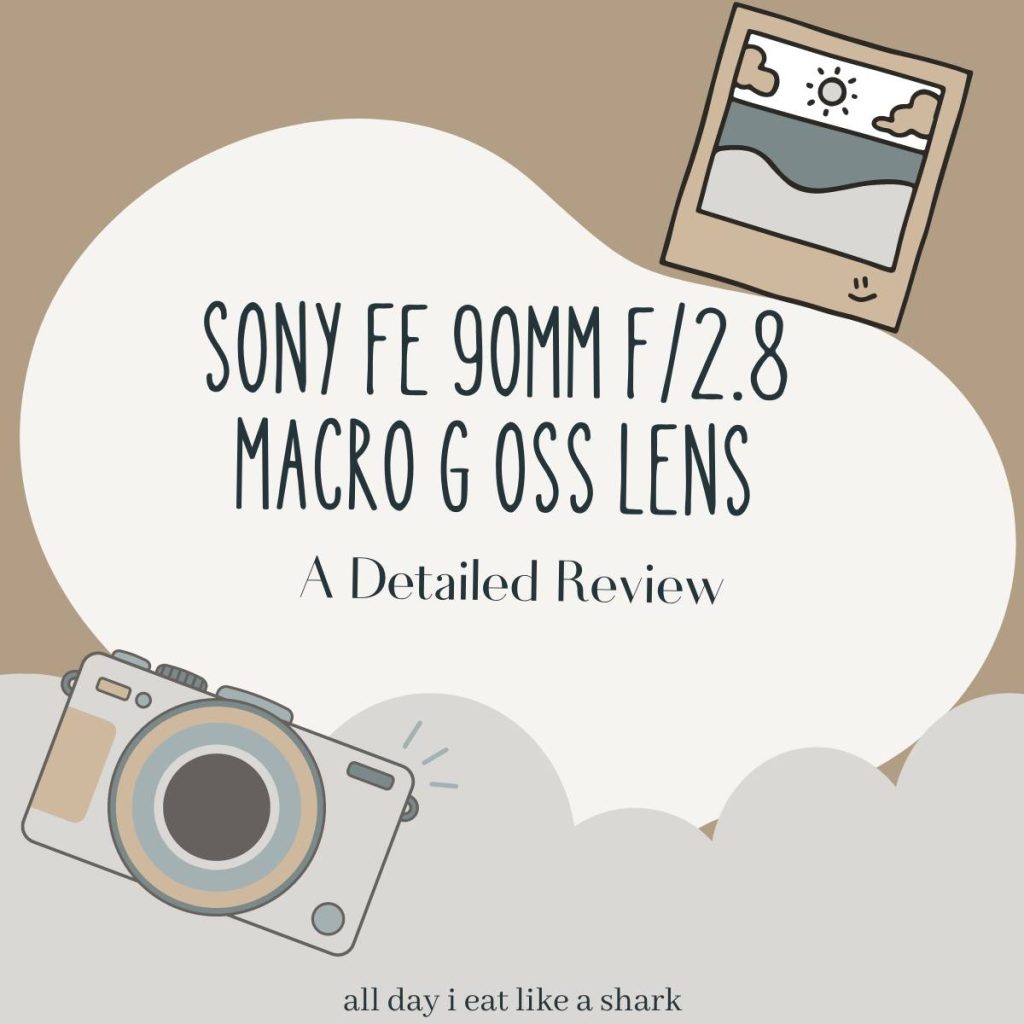
Konnichiwa! (Hello!) I'm Pat Tokuyama, a Japanese tofu cookbook author, who travels for music, food, and adventure. If you like Japanese tea, checkout some of the newestorganic japanese tea, matcha bowls and noren and more!
** Curious about the Plant Based Japanese Cooking Club? ** Learn more here!